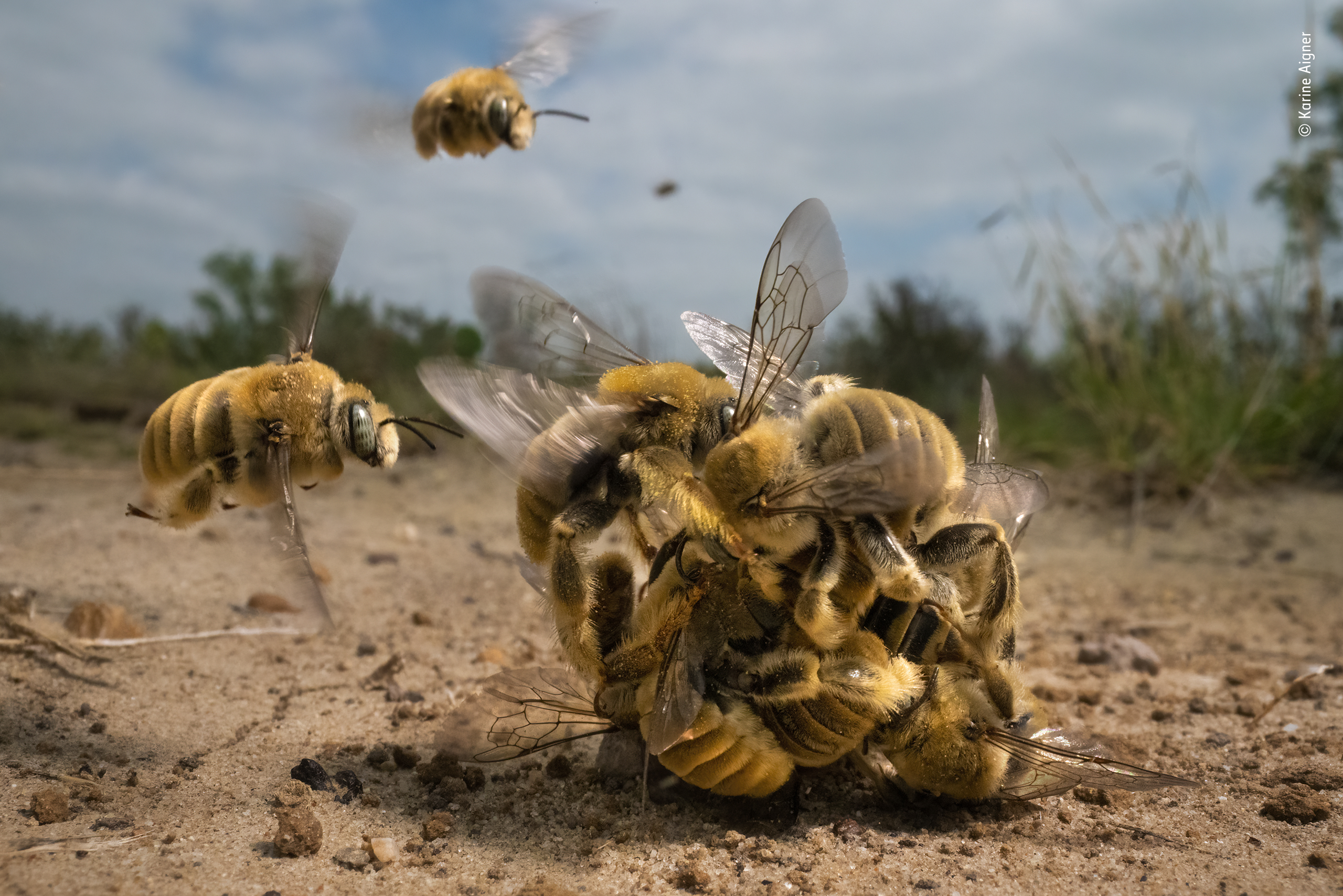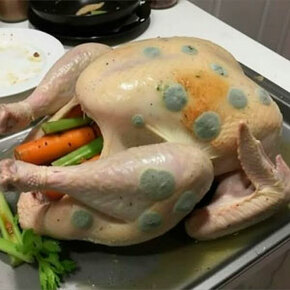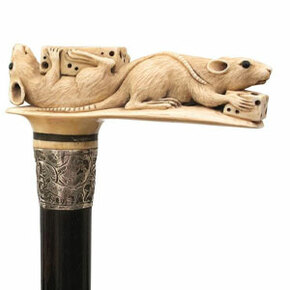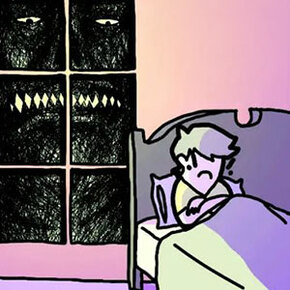
10 Photos That Made It To The Winning List Of The “Wildlife Photographer Of The Year” Contest 2022
The 58th edition of the ‘Wildlife Photographer of the Year’ competition received thousands of entries from 93 countries around the world. This contest is organized by The Natural History Museum every year and it awards the best pictures from a wide branch of photography that includes wildlife from land, water, and air.
This year, the grand prize was won by Karine Aigner for her stunning picture “The Big Buzz” which captured a group of bees competing to mate. Scroll below to see this mystifying picture, some other photos that won in different categories, and a few highly commended mentions. Also, if you wish to participate in the contest, the 2023 competition is now open for entry and closes at 11.30am GMT on Thursday 8 December 2022.
More info: Website
#1 “Polar frame” by Dmitry Kokh, Russia. Highly commended, Animal Portraits

Image source: Wildlife Photographer of The Year
“When Dmitry’s boat approached the small island of Kolyuchin, in the Russian High Arctic, which had been abandoned by humans since 1992, he was surprised to spot movement in one of the houses. Binoculars revealed polar bears—over 20 in total—exploring the ghost town. Dmitry used a low-noise drone to document the surreal experience.
Extremely inquisitive, polar bears will investigate abandoned structures for potential food. With climate change reducing sea ice, hunting is becoming increasingly difficult, pushing these bears closer to human settlements to scavenge.”
#2 “The bonobo and the mongoose by Christian Ziegler, Germany. Highly commended, Behavior: Mammals

Image source: Wildlife Photographer of The Year
“Christian was tracking a group of these endangered great apes that are being studied by Barbara Fruth of the Max-Planck Society. He recalls setting out ‘before light’, wading ‘chest-deep through flooded forest’, and frequently walking 20 kilometers (12 miles) a day. ‘The bonobo held and stroked the little mongoose for more than an hour.’
The situation probably had a darker beginning. Bonobos are omnivores and eat mainly fruit but occasionally they hunt. The mongoose pup – eventually released unharmed – may have been taken when its mother was killed.”
#3 The Big Buzz by Karine Aigner, Adult Grand Title Winner

Image source: Wildlife Photographer of The Year
Karine Aigner (USA) gets close to the action as a group of bees compete to mate.
Using a macro lens, Karine captured the flurry of activity as a buzzing ball of cactus bees spun over the hot sand on a Texas ranch. It was May, and having emerged from their birth burrows, the male bees were ready to mate.
Once mated, a female will feed mainly on cacti pollen and nectar, then wait out the year until next spring. As soon as the prickly pear and cholla cacti start to flower again, the mated females converge on a flat sandy area and start burrowing. It was the volcano‑like turrets of their individual burrows that led Karine to discover the presence of the nesting aggregation.
Like most bees, cactus bees are threatened by habitat loss, pesticides and climate change, as well as farming practices that disrupt their nesting grounds. Most bee species nest underground so maintaining areas of natural soil that are left undisturbed is vital to their survival.
Sugandhi Gadadhar, wildlife filmmaker and judge said, ‘In today’s world, where we struggle to grab the attention of the policymakers towards even big mammals, this image helps in bringing the spotlight to one of nature’s most important creatures – bees’.
#4 “Treefrog pool party” by Brandon Güell, Costa Rica/USA. Highly commended, Behavior: Amphibians and Reptiles

Image source: Wildlife Photographer of The Year
“Plagued by mosquitoes, Brandon waded chest-deep into the murky water where a gathering of male gliding treefrogs were calling. At dawn thousands of females arrived at the pool to mate and lay their eggs on overhanging palm fronds. Here, unmated males search for females to mate with.
These spectacular mass-breeding events occur in only a few remote locations, a few times a year. Each female lays around 200 eggs, creating huge egg masses. Eventually the tadpoles will drop into the water below.”
#5 “Underwater wonderland” by Tiina Törmänen, Finland. Highly commended, Under Water

Image source: Wildlife Photographer of The Year
“Tiina was thrilled to meet a school of inquisitive European perch on her annual lake snorkel. During the previous three years, she had only ever found dead fish. Submerged in the surreal scene, she framed the orange-finned fish flying through clouds of pink-tinged algae.
Although it created a beautiful scene, excessive algal growth, a result of climate change and warming waters, can cause problems for aquatic wildlife as it uses up oxygen and blocks out sunlight.”
#6 “Dipper dispute by Heikki Nikki, Finland. Highly commended, Behavior: Birds

Image source: Wildlife Photographer of The Year
“After years of visiting the river, Heikki knew every ‘dipping’ rock favored by white-throated dippers. Picking one hidden beneath flowing water, he sat quietly on the bank. Suddenly the spot became the subject of a hotly contested argument. Poised for the action, Heikki captured the fleeting moment.
Dippers use ‘dipping’ rocks as a launch pad to scout rivers before diving down to hunt mayfly and caddisfly larvae and small fish, swallowing tiny catches while submerged.”
#7 “Just one day’s catch” by Srikanth Mannepuri, India. Highly commended, Oceans: The Bigger Picture

Image source: Wildlife Photographer of The Year
“Srikanth Mannepuri takes a sobering look at the scale of unsustainable fishing.
Srikanth was shocked to see so many recently caught marlin and sailfish in a single place in one morning. To demonstrate the scale of the fish market, he used a drone to take the image from a bird’s-eye view.
Sailfish and marlin are top ocean predators essential to ecosystems. Globally, 85% of fish stocks are currently overexploited by humans. Without urgent efforts to protect marine habitats and create truly sustainable fishing practices, we will soon begin to lose species forever.”
#8 “The disappearing giraffe by Jose Fragozo, Portugal. Highly commended, Natural Artistry

Image source: Wildlife Photographer of The Year
“Keeping his camera steady in the moving vehicle, Jose followed the giraffe. Dwarfed by the giant pillars of Kenya’s new Standard Gauge Railway, the grey blocks contrast with the unmistakable pattern of nature’s tallest land mammal.
Around the world, human development increasingly encroaches on the range and habitats of animals. Though this stretch of railway running through Nairobi National Park is raised on giant columns, allowing animals access beneath, this picture is symbolic of how the space for wildlife continues to be squeezed.”
#9 “The right look” by Richard Robinson, New Zealand. Highly commended, Animal Portraits

Image source: Wildlife Photographer of The Year
“With the whale investigating him, Richard’s main challenge was to swim far enough from the curious calf to photograph it. The encounter lasted 30 minutes, with the whale circling him, swimming off, then returning for another look.
New Zealand’s population of southern right whales, known as ‘tohorā’ in Māori, were hunted to near extinction by European whalers in the 1800s, then by Soviet whalers in the 1900s. Now protected, the population has bounced back from a small group including just 13 breeding females, to more than 2,000 individuals.”
#10 “The snow stag” by Joshua Cox, UK. Highly commended, 10 Years and Under

Image source: Wildlife Photographer of The Year
“It had just started to snow when Joshua and his father arrived in Richmond Park. They followed the deer at a safe distance when suddenly the snow intensified and one of the stags stopped. ‘He almost looked as if he was having a snow shower,’ says Joshua.
Richmond Park is home to herds of red and fallow deer, which have been roaming freely since 1637. The grazing deer help to manage the landscape of the park.”













Got wisdom to pour?